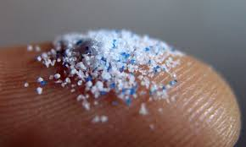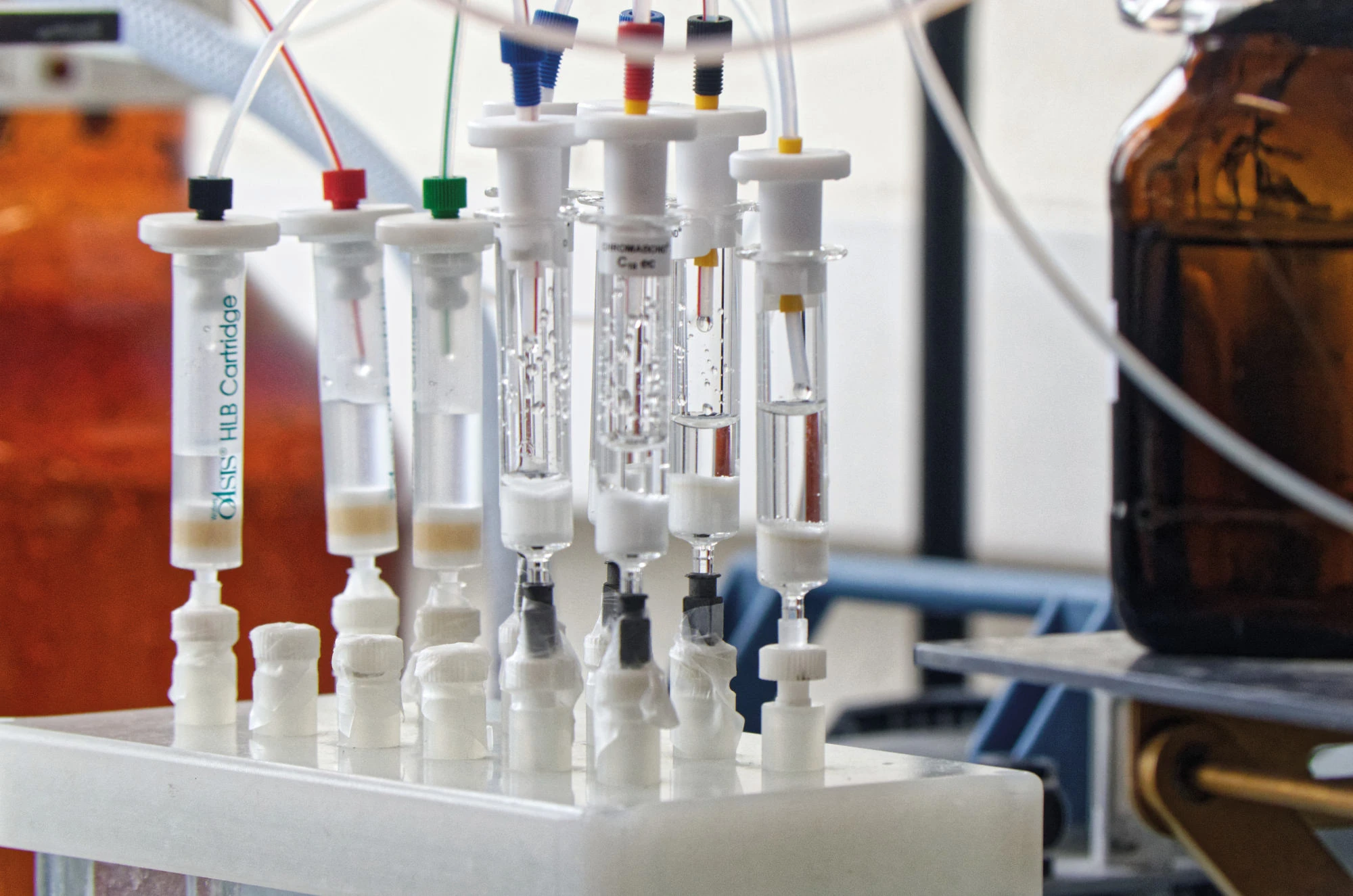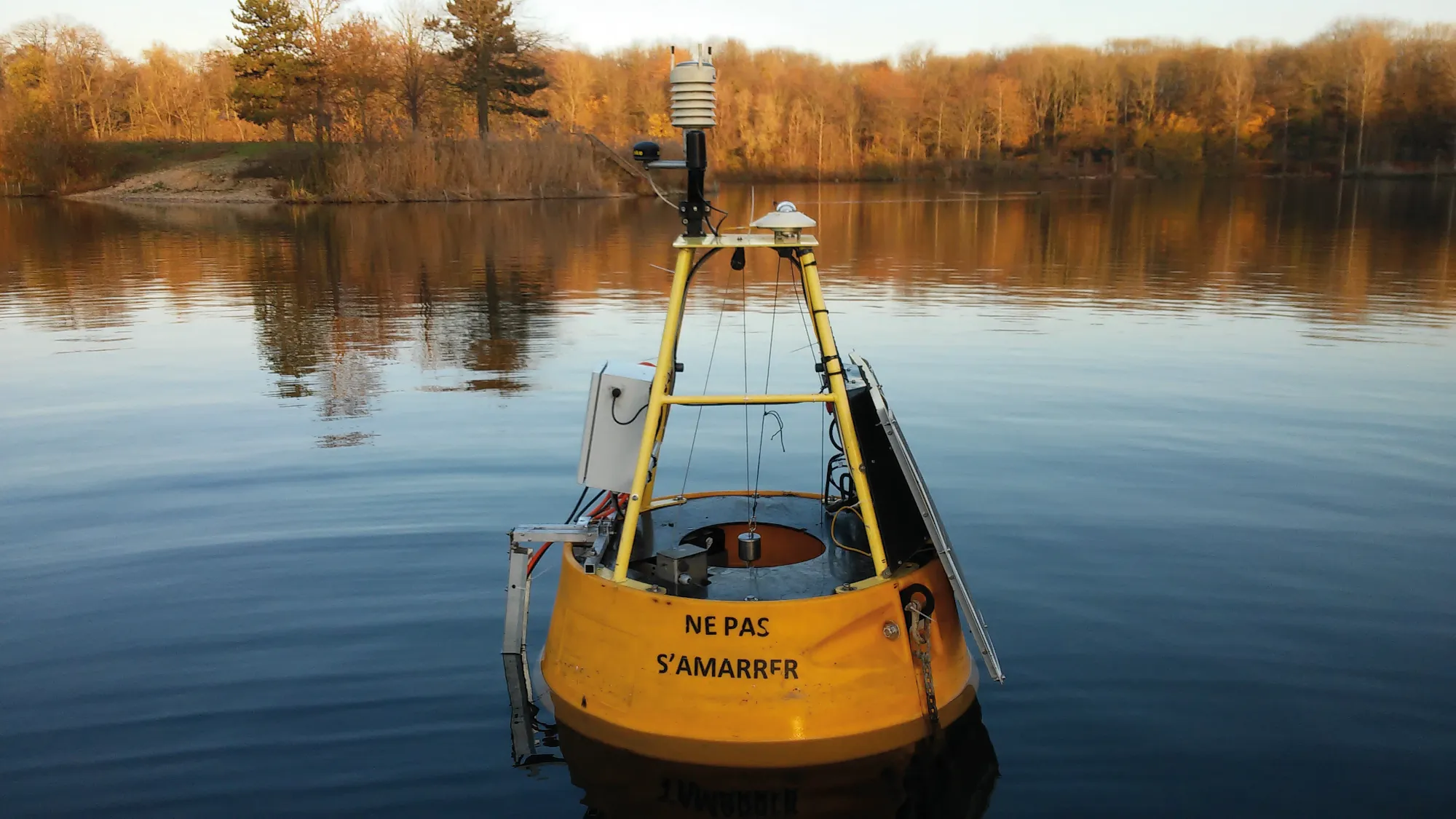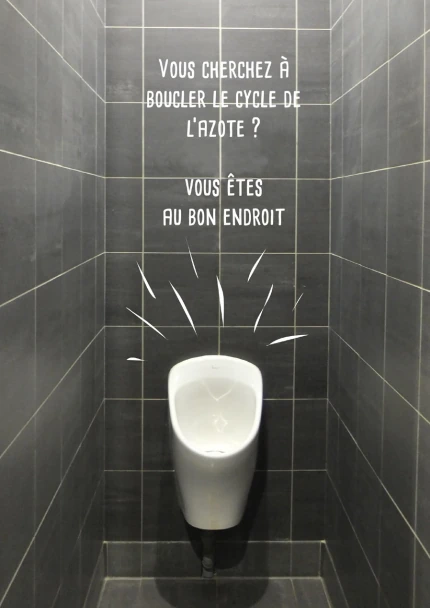Description
This research theme, historically significant at Leesu, primarily focuses on the measurement and modeling of chemical and microbiological contaminants, as well as nutrients and their fluxes in urban areas.
The goal is to enhance understanding of the sources and fluxes of contaminants to ensure or develop specific anthropogenic uses of aquatic environments (e.g., swimming) and to protect ecosystems from inputs of organic matter (OM) and micropollutants. The methodologies are now mature, with notable examples including:
- the creation of operational tools for high-frequency monitoring of OM to optimize treatment processes in wastewater treatment plants (WWTPs),
- the development of non-targeted screening methods for micropollutants, coupled with ecotoxicological approaches to assess the impact of urban discharges on receiving environments,
- the establishment of micropollutant observatories at the scale of the Paris metropolitan area (e.g., the City Observatory, prefigured by Leesu under the OPUR program and implemented by SIAAP).
New research will focus on studying different methods to reduce the transfer of micropollutants into the environment, particularly through reducing domestic usage of chemical substances (practice changes). The evaluation of the efficiency and adaptability of centralized treatment facilities will continue, especially in light of the revision of the Urban Wastewater Treatment Directive (UWWTD), which will require better characterization of quaternary treatments for micropollutant removal.
Efforts to optimize wastewater and drinking water treatment processes, including the deployment of high-frequency OM characterization, will also persist. Research into degradation products and ecotoxicology will continue, employing, for example, multi-model approaches to estimate the toxicity of urban wastewater and accounting for antibiotic resistance (via identifying responsible genes) that could arise from new disinfection processes.
Additional studies will focus on macroplastics, precursors to microplastics, at the city scale, along with the additives used in the composition of microplastics.
Research theme moderators
Research programs associated to this theme
- OPUR
- MOCOPEE
- actions dans MeSeine Innovation
- Biocid@Home
- MIDI
- ChemBiodiv









 Scientific production
Scientific production Technical resources and equipment
Technical resources and equipment Expertise and disciplines
Expertise and disciplines


